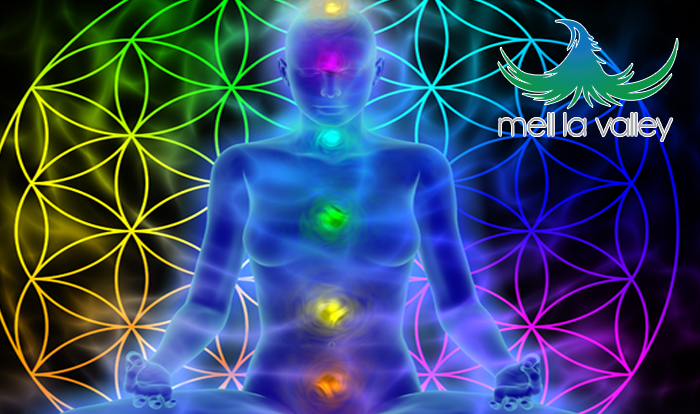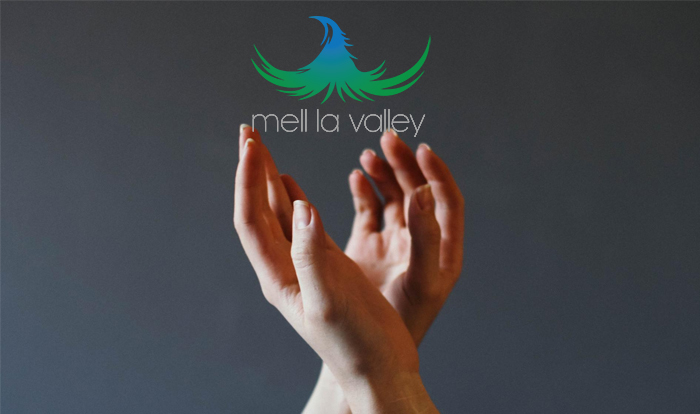The term “mindfulness” is heard a lot these days. There are endless books, cd’s, articles, and many presentations on Youtube that talk about mindfulness. Here in the U.S., there are countless businesses, corporations, government agencies, medical facilities, prisons, schools (elementary as well as universities) that teach mindfulness practices. In my practice as a Licensed Marriage and Family Therapist, I teach techniques that involve mindfulness-based skills to reduce stress and anxiety and help heal from trauma. So, in this blog, I will briefly define “mindfulness” and how cultivating this state can be beneficial.
Mindfulness practice is inherited from the Buddhist tradition. People often mistake mindfulness and meditation as being somehow associated with Buddhism as a religion or other Eastern religions. (Meditation is but one method used to develop mindfulness). Although this may be true for those who follow the teachings of Buddha, the practice of being mindful and even meditating does not necessarily have spiritual or religious ramifications or connections. I like Jon Kabat-Zinn’s definition of mindfulness:
“Mindfulness means paying attention in a particular way; on purpose, in the present moment, and nonjudgmentally.”
Jon Kabat-Zinn is a very well know teacher and scholar. He is one of the central founders of the science of mindfulness. Jon Kabat-Zinn is also the founding director of the Stress Reduction Clinic and the Center for Mindfulness in Medicine, Health Care, and Society at the University of MassachusettsMedicalSchool.
What is so important about being in the present moment? We have 60,000 to 80,000 thoughts a day. Most of these are thoughts we have had before and many are negative due to the hardwiring of our brains. When we are not in the present moment, we are essentially in a state of mindlessness: Our attention and awareness capacities are scattered due to preoccupation with past memories or future plans and worries, leading to a limited awareness and attention to experiences in the present moment [1]. Being here and now, and accepting the NOW with equanimity, brings much serenity and peace.
Notice I did not say equanimity brings happiness. Although it certainly can (and will), the goal is not happiness because that state is fleeting and usually based on outward circumstances that are forever changing. Equanimity is an internal experience that is characterized by:
Softening rather than tightening
Allowing rather than grasping
Accepting rather than rejecting
Loving rather than aggressive
Making peace with oneself rather than fighting. [2]
What does it mean to be “nonjudgmental”? Jon Kabbat-Zinn states this simply means to suspend judgment about how judgmental you are. Of course, we will have opinions, judgments, thoughts, feelings, etc. but if we can consider them as background noise and let them go as they pass through our mind, they will not be able to take root and pull us away from the present moment.
I hope this has helped to explain what all this talk about “mindfulness” is about. In future blogs, I will explore different aspects as well as talk further about the benefits of mindfulness and meditation.
Black, D.S. (2011). A Brief Definition of Mindfulness. Mindfulness Research Guide. Retrieved from
http://www.mindfulexperience.org/resources/brief_definition.pdf
Young, S. (2009). Mindfulness-Based Awareness Skills for Emotional Well-Being: Therapeutic Intervention for Mood, Anxiety and Emotional Turmoil. Course Workbook.










